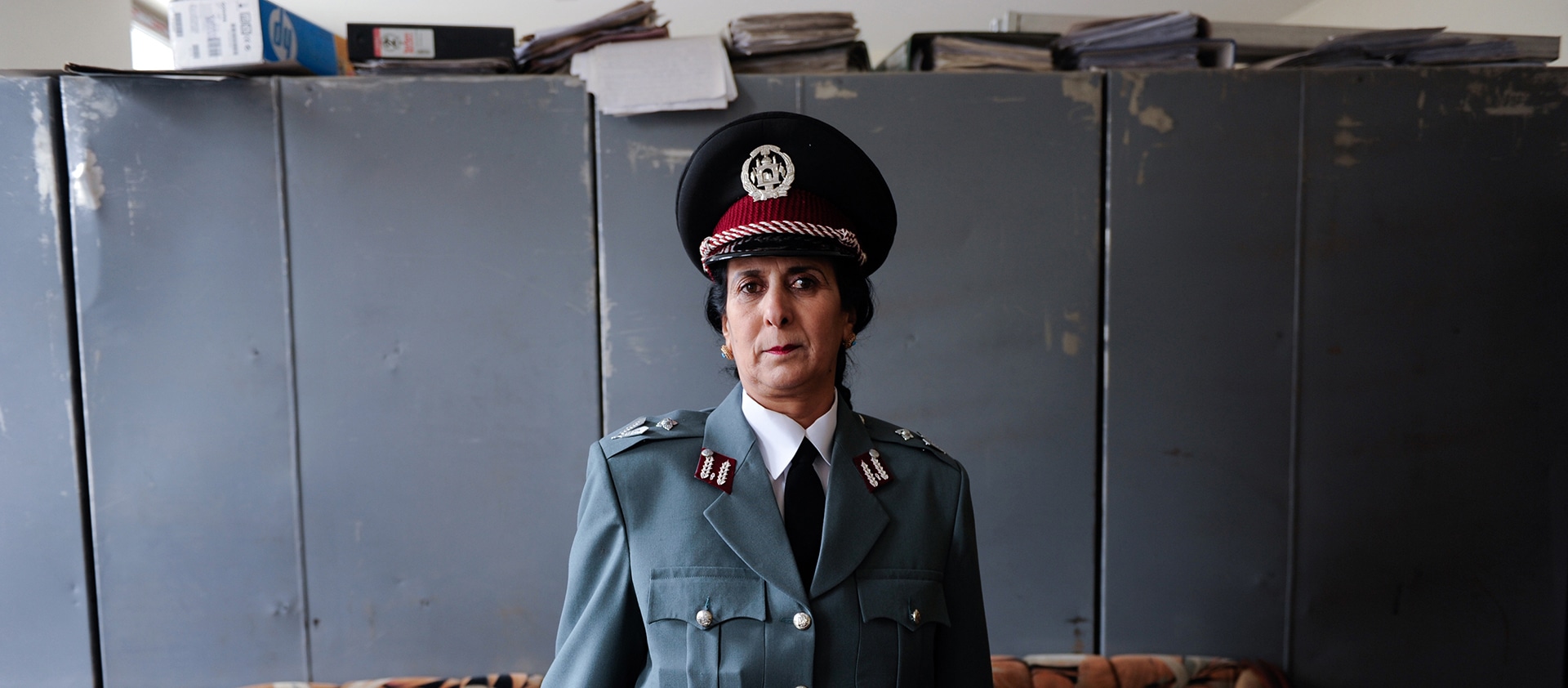The MuCEM in Marseille features a splendid exhibition of contemporary Afghan artists. They share the experience of living in a country fraught with danger and terror. Two among them are photographers.

You’re getting blind.
Don’t miss the best of visual arts. Subscribe for $9 per month or $108 $90 per year.
Already suscribed ?



